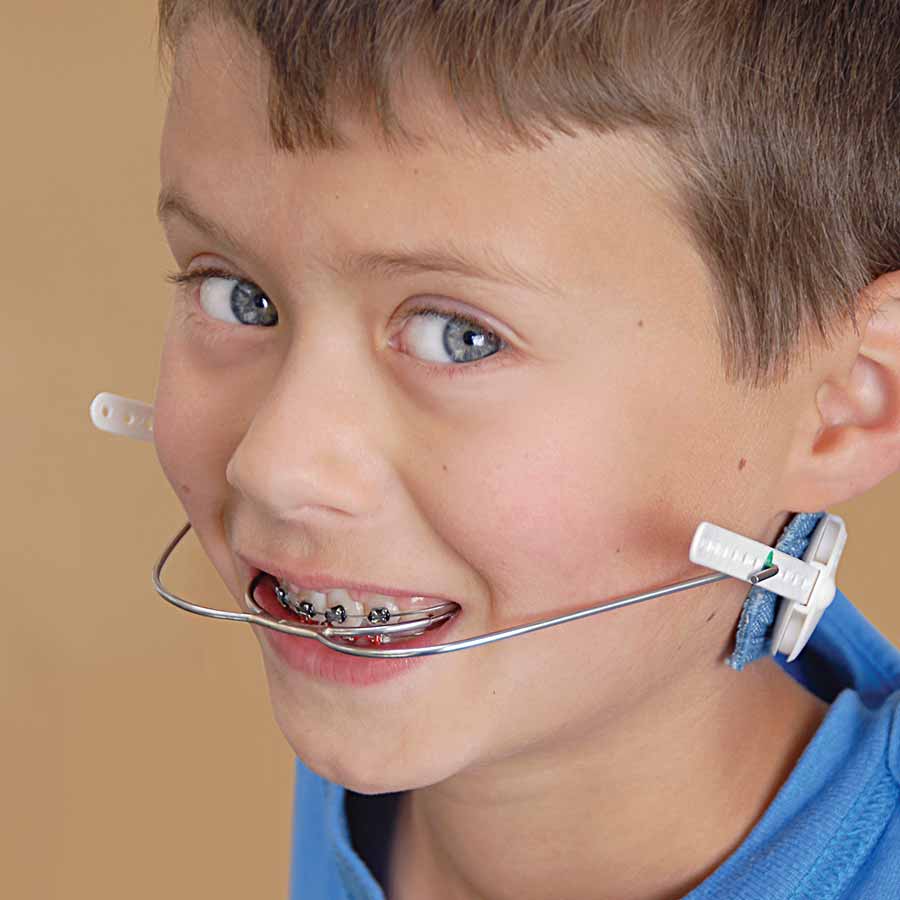Comprehensive Guide to Orthodontics Procedures for Remedying Oral Imbalances
Recognizing the details of each treatment, including their systems, benefits, and prospective drawbacks, is essential in making informed choices concerning one's orthodontic therapy. As we browse via the detailed overview to orthodontic procedures for fixing dental imbalances, the complex details of each approach will certainly unfold, shedding light on the course toward a practical and harmonious oral positioning.
Orthodontic Procedures Summary

Normal changes and monitoring are important components of orthodontic therapy to make sure progression is on track and to make any required adjustments along the method. By going through orthodontic procedures, individuals can not just accomplish a straighter grin yet additionally boost their total dental health and wellness and feature.
Conventional Braces: How They Work
When considering orthodontic treatments for oral imbalances, conventional dental braces stand out as a time-tested technique for dealing with teeth positioning. Standard dental braces consist of brackets, cords, and bands that function together to use continual pressure on the teeth, slowly relocating them right into the desired placement.
As pressure is applied to the teeth through the braces, the bone surrounding the teeth is reshaped to support the new tooth settings. Clients will require regular adjustments at the orthodontist's office to ensure the braces continue to use the proper pressure for effective teeth activity.
Invisible Aligners: Disadvantages and pros
Unseen aligners supply a practical and discreet choice to traditional dental braces for dealing with oral imbalances. These clear, custom-made trays are virtually unseen when put on, making them an attractive option for individuals looking for an extra cosmetically pleasing orthodontic therapy. One of the primary benefits of undetectable aligners is their removability, permitting easier upkeep of oral hygiene contrasted to standard braces. People can eliminate the aligners before eating or cleaning their teeth, decreasing the risk of food obtaining stuck in the device and simplifying the cleansing process.

Surgical Orthodontic Options
Surgical interventions in orthodontics present practical choices for attending to complicated dental misalignments that may not be efficiently fixed over here with traditional orthodontic treatments. While conventional dental braces and invisible aligners can deal with many orthodontic problems, specific cases need medical intervention to achieve optimal outcomes. Surgical orthodontic options are normally suggested for serious malocclusions, significant jaw disparities, and situations where the underlying bone structure requires adjustment to accomplish proper alignment.
One usual medical orthodontic procedure is orthognathic surgical procedure, which includes repositioning the jaws to deal with practical issues such as problem chewing or talking. This surgical treatment is frequently executed in partnership with an orthodontist who assists align the teeth prior to and after the procedure. Surgical orthodontics this article might also involve procedures to reveal impacted teeth, get rid of excess gum cells, or reshape the jawbone to produce a more unified facial profile.
Before taking into consideration surgical orthodontic alternatives, people undergo a thorough examination to identify the requirement and potential advantages of such treatments. invisalign. While surgical procedure may appear challenging, it can dramatically improve both the feature and visual appeals of the smile in situations where standard orthodontic treatments drop short
Retainers and Post-Treatment Care

Post-treatment treatment entails adhering to the orthodontist's instructions vigilantly. This might include appropriate dental health techniques, participating in follow-up appointments, and wearing the retainers as recommended. Failure to conform with post-treatment treatment directions can cause regression, where the teeth progressively relocate back in the direction of their original positions. Consistent retainer wear, excellent dental hygiene, and routine oral check-ups are necessary for preserving the outcomes accomplished via orthodontic surgery and guaranteeing the long-lasting stability of the fixed dental alignment.
Verdict
In final thought, orthodontic procedures use various choices for correcting dental imbalances. Surgical orthodontic options are readily available for much more serious imbalances. In general, orthodontic treatments can effectively enhance oral health and visual look.
As we navigate with the thorough guide to orthodontic treatments for dealing with dental misalignments, the detailed details of each technique will certainly unfold, shedding light on the course towards a useful and unified dental positioning. - aligners
One of the most common orthodontic treatments is the usage of dental braces, which are composed of steel brackets and wires that apply gentle pressure to slowly move teeth right into the wanted position.When view considering orthodontic treatments for oral imbalances, typical dental braces stand out as a tried and true approach for dealing with teeth placing. Additionally, unseen aligners might not be ideal for complex orthodontic issues that call for even more considerable teeth motion, as they are commonly recommended for mild to modest situations. Retainers are tailor-made orthodontic devices designed to hold teeth in their fixed positions after the completion of orthodontic treatment.